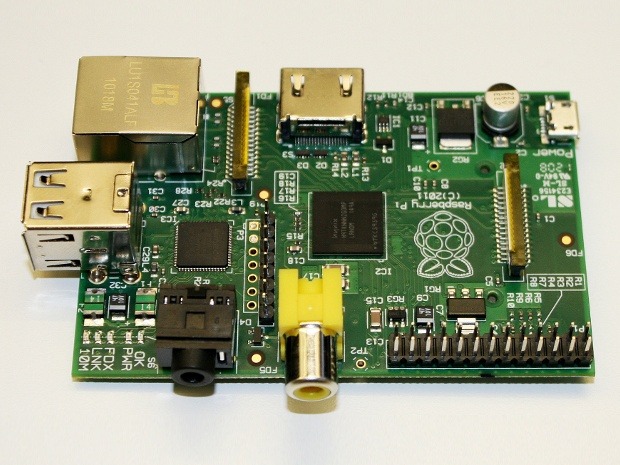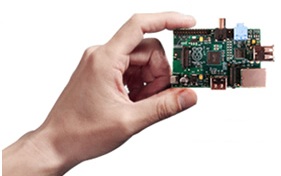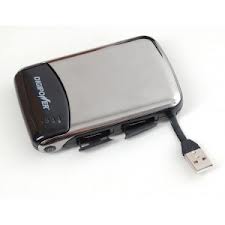Introducing Raspberry Pi – A Linux /ARM Based Single Board Computer

Raspberry Pi is an incredibly small, (no larger than a credit card) computer that has a single board. It was developed in the UK by the Raspberry Foundation with the sole aim of making computer science an interesting topic for school going children. The Raspberry Pi is sold online through RS Components and Element 14 Premier Farnell. The concept was conceived as early as 2006, and was based on Amtel 644 microcontroller. It was primarily to grasp the attention of the children, which a group of teachers and enthusiasts from the field of computers gathered under the leadership of Eben Upton to give life to this new idea.

The Raspberry Pi, an unbelievably tiny and incredibly inexpensive proto type of a computer, is meant to open the minds of children and allow them to explore and tinker with possibilities. This is more in the line do-it-yourself enthusiasts who want their children to follow suit. The moment you unpack to view the contents, you are enthralled and get automatically committed and would need to be a quick learner to be able to use the Raspberry Pi. This computer comes as a challenge to you and your entire family.
The Raspberry Pi comes in two different versions that are priced, as mentioned earlier at ridiculously low prices that will even make you wonder at what quality can be offered at such a price. However, you can rest assured that all the time and money spend on research and developments have not gone in vain. There are two models of which the first one is available for just $25 and second one costs slightly more at $35, which do not look like price tags of computers any way. The difference in the price is solely for the extra USB port that the second one sports. Similarly, the more expensive model has Ethernet, which the cheaper one lacks. There is difference in power consumption as well with the more expensive model consuming half the power that the less expensive one does.

However, the differences seem to end there. There is no noticeable difference in the hardware. The Raspberry Pi (both the models, A and B) sports a Broadcom BCM2835, which is mounted on a chip, which for practical purposes is a mere circuit board. This is the bridge between the central processing unit – the 700-Megahertz ARM and a Broadcom I V GPU. The SD random access memory has a capacity of 256 Megabytes. The external connectivity is taken care of by the thoughtfully provided USB ports, in addition to the two video output options that come in the form of HDMI , composite RCA, and SD card slot. The audio a 3.5 mm output is optimum for all your audio needs.
The power source for the Raspberry Pi is the USB adaptor (micro) that has a minimum rating of 2.5 watts (500mA) for the cheaper model and a slightly higher 700mA (3.5 watts) for the expensive one. However, you may have to make provisions for these, as they do not co0me as a part of the package. Finally, the actual dimensions measure to 2.1 inches by 3.4 inches with a thickness of just 0.6.
This guest post is brought to you by Chad Bauer of timewarnercable.wedocable.com, a site that offers savings and current information on time warner cable bundles.
Tags | Android, Computers, Hardware, Linux, Raspberry Pi, Raspberry Pi Pack, Small Computer






Greetings! This is my first visit to your blog! We are a team of
volunteers and starting a new project in a community in the same niche.
Your blog provided us useful information to work on.
You have done a outstanding job!